Natural pest control DIY is something I’ve become incredibly passionate about, and for good reason! Let’s face it, nobody wants to share their precious garden bounty with unwanted critters. But before you reach for harsh chemicals, consider this: our ancestors have been cultivating thriving gardens for centuries, long before synthetic pesticides were even a twinkle in a chemist’s eye. They relied on the power of nature itself to keep pests at bay, and we can too!
Think about it – the concept of companion planting, where certain plants naturally repel pests from others, dates back to ancient agricultural practices. These time-tested methods are not only effective but also incredibly gentle on the environment and safe for your family and pets. In this article, I’m going to share some of my favorite natural pest control DIY tricks and hacks that will help you create a healthy, flourishing garden without resorting to harmful chemicals.
Why is this so important? Well, beyond the obvious health and environmental benefits, DIY pest control empowers you to take control of your garden’s ecosystem. You’ll learn to understand the delicate balance of nature and create a thriving environment where beneficial insects flourish and harmful pests are naturally kept in check. Plus, it’s incredibly rewarding to know you’re growing your own food in a sustainable and responsible way. So, let’s dive in and discover the secrets to a pest-free garden, naturally!
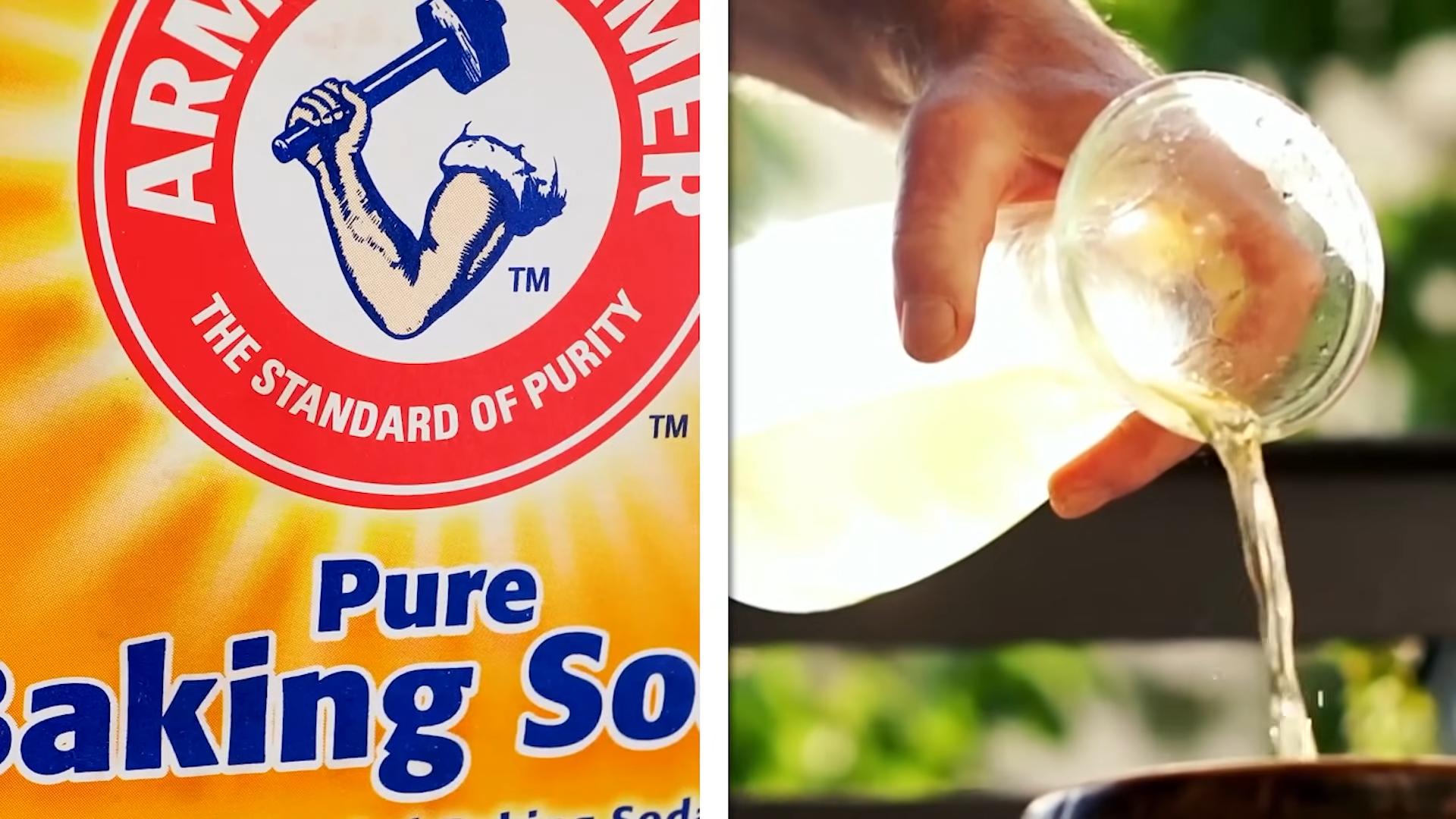
DIY Natural Pest Control: Keeping Your Garden Thriving, Naturally!
Hey there, fellow gardeners! Are you tired of those pesky bugs munching on your precious plants? I know I am! But I’m also not a fan of harsh chemicals. That’s why I’ve spent years experimenting with natural pest control methods, and I’m excited to share my favorite DIY solutions with you. These recipes are effective, easy to make, and won’t harm beneficial insects or the environment. Let’s get started!
Understanding Your Garden Pests
Before we dive into the recipes, it’s important to understand what you’re dealing with. Identifying the specific pests attacking your plants will help you choose the most effective treatment.
* Aphids: These tiny, sap-sucking insects are usually found in clusters on new growth. They can cause distorted leaves and transmit diseases.
* Spider Mites: These tiny pests create webs on plants and suck the sap, causing stippling and discoloration.
* Caterpillars: These leaf-munching larvae can quickly defoliate plants.
* Slugs and Snails: These slimy creatures feed on leaves and stems, leaving behind telltale trails.
* Whiteflies: These small, white, winged insects suck sap from plants, causing yellowing and weakening.
* Fungus Gnats: These small flies breed in moist soil and their larvae can damage plant roots.
Once you’ve identified your pests, you can choose the right natural remedy.
DIY Pest Control Recipes
Here are some of my go-to recipes for tackling common garden pests:
1. Garlic Spray: The All-Purpose Defender
Garlic is a powerhouse when it comes to pest control. Its strong scent repels a wide range of insects, including aphids, whiteflies, and cabbage moths.
Ingredients:
* 4-5 cloves of garlic
* 2 cups of water
* 1 teaspoon liquid dish soap (optional, but helps the spray stick to leaves)
Instructions:
1. Prepare the Garlic: Peel and crush the garlic cloves. I usually use a garlic press, but you can also chop them finely.
2. Infuse the Water: Place the crushed garlic in a jar or container and pour the water over it.
3. Steep the Mixture: Let the mixture steep for at least 24 hours, or even better, 48 hours. This allows the garlic’s compounds to infuse into the water.
4. Strain the Liquid: Strain the mixture through a cheesecloth or fine-mesh sieve to remove the garlic solids. This prevents clogging in your sprayer.
5. Add Soap (Optional): If you’re using dish soap, add it to the strained garlic water and stir gently.
6. Transfer to a Spray Bottle: Pour the garlic spray into a clean spray bottle.
7. Apply to Plants: Spray the affected plants thoroughly, paying attention to the undersides of the leaves where pests often hide.
8. Repeat as Needed: Reapply the spray every 5-7 days, or after rain.
2. Neem Oil Spray: The Systemic Solution
Neem oil is a natural insecticide, fungicide, and miticide derived from the neem tree. It works systemically, meaning it’s absorbed by the plant and affects pests that feed on it.
Ingredients:
* 1 tablespoon neem oil
* 1/2 teaspoon liquid dish soap (an emulsifier to help the oil mix with water)
* 1 quart (4 cups) of warm water
Instructions:
1. Combine Ingredients: In a clean spray bottle, combine the neem oil, dish soap, and warm water.
2. Shake Well: Shake the bottle vigorously to emulsify the oil and water. It’s crucial to mix it well, or the oil will separate.
3. Test on a Small Area: Before spraying the entire plant, test the solution on a small, inconspicuous area to ensure it doesn’t cause any damage. Wait 24 hours to check for any adverse reactions.
4. Apply to Plants: Spray the affected plants thoroughly, covering all surfaces, including the undersides of the leaves.
5. Avoid Midday Sun: Apply neem oil spray in the early morning or late evening to avoid burning the leaves in direct sunlight.
6. Repeat as Needed: Reapply the spray every 7-14 days, or as needed.
3. Insecticidal Soap: The Contact Killer
Insecticidal soap is a simple yet effective way to control soft-bodied insects like aphids, spider mites, and whiteflies. It works by disrupting the insect’s cell membranes, causing them to dehydrate and die.
Ingredients:
* 1-2 tablespoons liquid dish soap (use a pure soap, not a detergent with additives)
* 1 quart (4 cups) of water
Instructions:
1. Choose the Right Soap: It’s crucial to use a pure soap, not a detergent. Look for soaps that don’t contain additives like degreasers, fragrances, or bleach. Dr. Bronner’s is a good option.
2. Mix the Solution: In a clean spray bottle, combine the soap and water.
3. Shake Gently: Gently shake the bottle to mix the solution. Avoid creating excessive suds.
4. Test on a Small Area: As with neem oil, test the solution on a small area of the plant before spraying the entire thing.
5. Apply to Plants: Spray the affected plants thoroughly, making sure to cover all surfaces, including the undersides of the leaves.
6. Repeat as Needed: Reapply the spray every 2-3 days, or as needed.
7. Rinse Plants (Optional): After a few hours, you can rinse the plants with clean water to remove any soap residue.
4. Diatomaceous Earth (DE): The Natural Barrier
Diatomaceous earth (DE) is a powder made from the fossilized remains of diatoms, a type of algae. It’s a natural abrasive that damages the exoskeletons of insects, causing them to dehydrate and die.
Important Note: Use food-grade diatomaceous earth, not the kind used in pool filters.
How to Use:
* Dust Plants: Sprinkle DE lightly over the affected plants, focusing on areas where pests are present.
* Create a Barrier: Sprinkle DE around the base of plants to create a barrier that slugs, snails, and other crawling insects won’t cross.
* Reapply After Rain: DE is most effective when dry, so reapply it after rain or watering.
* Wear a Mask: DE can be irritating to the lungs, so wear a dust mask when applying it.
5. Companion Planting: The Natural Defense
Companion planting involves planting certain plants together that benefit each other. Some plants repel pests, while others attract beneficial insects that prey on pests.
Examples:
* Marigolds: Repel nematodes, aphids, and whiteflies. Plant them near tomatoes, peppers, and other vulnerable plants.
* Basil: Repels aphids, spider mites, and mosquitoes. Plant it near tomatoes, peppers, and other vegetables.
* Nasturtiums: Attract aphids, diverting them away from other plants. They also attract beneficial insects like ladybugs and hoverflies.
* Garlic and Onions: Repel a wide range of pests, including aphids, cabbage moths, and Japanese beetles.
Preventative Measures: Keeping Pests Away
Prevention is always better than cure. Here are some tips for preventing pest infestations in your garden:
* Healthy Soil: Healthy plants are more resistant to pests and diseases. Amend your soil with compost and other organic matter to improve its fertility and drainage.
* Water Properly: Avoid overwatering, which can create a breeding ground for fungus gnats and other pests. Water deeply and less frequently, allowing the soil to dry out slightly between waterings.
* Good Air Circulation: Ensure good air circulation around your plants by spacing them properly and pruning them regularly. This helps prevent fungal diseases and reduces humidity, which pests love.
* Remove Weeds: Weeds can harbor pests and diseases, so remove them regularly.
* Inspect Plants Regularly: Regularly inspect your plants for signs of pests or diseases. The earlier you catch a problem, the easier it will be to control.
* Attract Beneficial Insects: Attract beneficial insects to your garden by planting flowers that provide nectar and pollen. Ladybugs, lacewings, and hoverflies are all natural predators of common garden pests.
* Crop Rotation: Rotate your crops each year to prevent pests and diseases from building up in the soil.
Troubleshooting
Sometimes, even with the best efforts, pests can still be a problem. Here are some tips for troubleshooting:
* Identify the Pest: Make sure you’
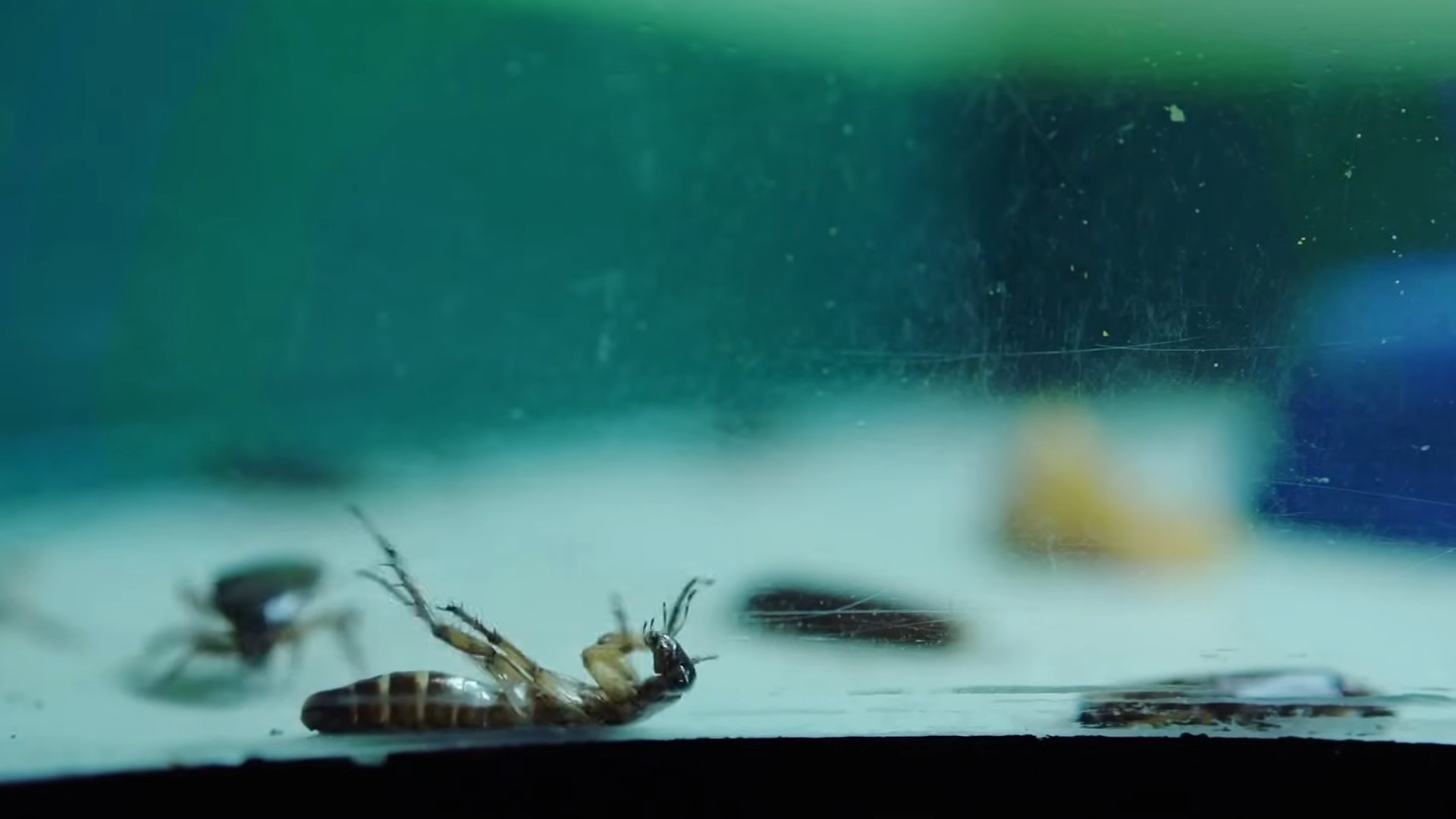
Conclusion
So, there you have it! This simple, effective, and completely natural pest control DIY method is more than just a recipe; it’s a game-changer for anyone looking to protect their home and garden without resorting to harsh chemicals. We’ve walked you through the process, highlighting the ease and affordability of creating your own pest repellent. But why is this a must-try?
Firstly, it’s about peace of mind. Knowing exactly what ingredients are being used around your family, pets, and plants is invaluable. Commercial pesticides often contain ingredients that can be harmful, even when used as directed. This DIY solution allows you to control the ingredients, opting for natural, plant-based options that are gentle yet effective.
Secondly, it’s incredibly cost-effective. The ingredients required for this natural pest control DIY are likely already in your pantry or easily accessible at your local grocery store. Compared to the recurring expense of buying commercial pesticides, this method offers significant savings over time.
Thirdly, it’s environmentally friendly. By choosing natural ingredients, you’re reducing your impact on the environment. You’re avoiding the release of harmful chemicals into the soil, water, and air, contributing to a healthier ecosystem for everyone.
But the benefits don’t stop there. This recipe is also incredibly versatile. Feel free to experiment with different essential oils to target specific pests. For example, peppermint oil is known to repel ants and spiders, while cedarwood oil can deter moths and mosquitoes. You can also adjust the concentration of the ingredients to suit your specific needs and the severity of your pest problem.
Consider adding a small amount of castile soap to your mixture. This will act as a surfactant, helping the solution to better adhere to plant leaves and other surfaces, increasing its effectiveness. Another variation involves infusing the water with herbs like rosemary, thyme, or lavender before adding the other ingredients. This will not only enhance the repellent properties but also add a pleasant fragrance to your garden.
For those dealing with particularly stubborn pests, you might consider combining this spray with other natural pest control methods, such as diatomaceous earth or beneficial nematodes. A multi-pronged approach is often the most effective way to manage pest populations in the long term.
We understand that trying something new can be daunting, but we urge you to give this natural pest control DIY a try. The results may surprise you. Imagine a garden thriving without the threat of pests, a home free from unwanted insects, and the satisfaction of knowing you’re protecting your loved ones and the environment.
Don’t just take our word for it. We encourage you to try this recipe and share your experience with us. Let us know what variations you’ve tried, what pests you’ve successfully repelled, and any tips you’ve discovered along the way. Your feedback will help us refine this recipe and make it even more effective for everyone. Share your stories and photos on our social media channels using #NaturalPestControlDIY. Let’s build a community of eco-conscious gardeners and homeowners who are committed to protecting their homes and gardens in a natural and sustainable way. We are confident that once you experience the benefits of this natural pest control DIY, you’ll never go back to using harsh chemicals again.
FAQ
What types of pests does this natural pest control DIY spray effectively repel?
This DIY spray is designed to repel a wide range of common garden and household pests. It’s particularly effective against aphids, spider mites, whiteflies, ants, and some types of beetles. The specific effectiveness can vary depending on the concentration of the ingredients and the type of pest. For example, adding peppermint oil can enhance its ability to repel ants and spiders, while neem oil is particularly effective against aphids and other sap-sucking insects. Remember to test the spray on a small area of your plants first to ensure it doesn’t cause any adverse reactions.
How often should I apply this natural pest control DIY spray?
The frequency of application depends on the severity of the pest infestation and the weather conditions. As a general guideline, you should apply the spray every 7-10 days as a preventative measure. If you’re dealing with an active infestation, you may need to apply it more frequently, such as every 3-5 days, until the pests are under control. After rain, it’s important to reapply the spray, as the water will wash it away. Always observe your plants and adjust the frequency of application based on their needs.
Is this natural pest control DIY spray safe for pets and children?
Yes, this spray is generally safe for pets and children when used as directed. However, it’s always a good idea to exercise caution. Avoid spraying directly on pets or children, and allow the spray to dry completely before allowing them to access the treated area. Some essential oils can be irritating to sensitive skin, so it’s best to keep the spray out of reach of children and pets. If you have any concerns, consult with your veterinarian or pediatrician before using the spray.
Can I use this natural pest control DIY spray on all types of plants?
While this spray is generally safe for most plants, it’s always a good idea to test it on a small, inconspicuous area first to ensure it doesn’t cause any adverse reactions. Some plants, particularly those with delicate foliage, may be sensitive to certain ingredients, such as essential oils. If you notice any signs of damage, such as leaf burn or discoloration, discontinue use immediately. You can also try diluting the spray further to reduce its concentration.
How long does this natural pest control DIY spray last?
This spray is best used fresh, as the ingredients can degrade over time. Ideally, you should use it within a week of making it. Store any leftover spray in a cool, dark place in an airtight container to help preserve its effectiveness. Before each use, give the spray a good shake to ensure the ingredients are well mixed. If the spray starts to smell rancid or develops a cloudy appearance, it’s best to discard it and make a fresh batch.
What are some other natural pest control methods I can use in conjunction with this spray?
This spray is a great addition to a comprehensive natural pest control strategy. Other methods you can use include:
* **Diatomaceous Earth:** This natural powder is made from fossilized algae and is effective against a wide range of pests.
* **Beneficial Nematodes:** These microscopic worms attack and kill soil-dwelling pests.
* **Companion Planting:** Planting certain herbs and flowers can help repel pests and attract beneficial insects.
* **Handpicking:** Manually removing pests from your plants can be an effective way to control small infestations.
* **Sticky Traps:** These traps can be used to catch flying insects like aphids and whiteflies.
* **Introduce Beneficial Insects:** Ladybugs, lacewings, and praying mantises are all beneficial insects that prey on common garden pests.
Can I use this natural pest control DIY spray indoors?
Yes, this spray can be used indoors, but it’s important to take some precautions. Avoid spraying directly on furniture or fabrics, as some ingredients may cause staining. When spraying indoors, ensure good ventilation by opening windows and doors. Test the spray on a small, inconspicuous area first to ensure it doesn’t damage the surface. Be mindful of pets and children, and keep them away from the treated area until the spray has dried completely.
What if the natural pest control DIY spray doesn’t seem to be working?
If you’re not seeing the desired results, there are a few things you can try:
* **Increase the Concentration:** You may need to increase the concentration of the ingredients in the spray.
* **Try Different Essential Oils:** Experiment with different essential oils to see which ones are most effective against the pests you’re dealing with.
* **Apply More Frequently:** You may need to apply the spray more frequently, especially if you’re dealing with a severe infestation.
* **Combine with Other Methods:** Consider using this spray in conjunction with other natural pest control methods.
* **Identify the Pest Correctly:** Make sure you’ve correctly identified the pest you’re dealing with, as different pests may require different control methods.
* **Ensure Proper Application:** Make sure you’re applying the spray thoroughly, covering all surfaces of the plant, including the undersides of the leaves.


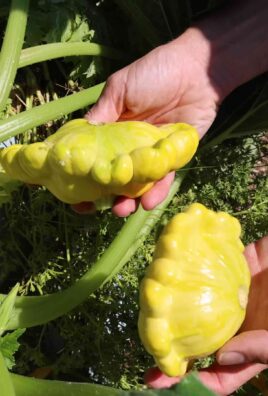
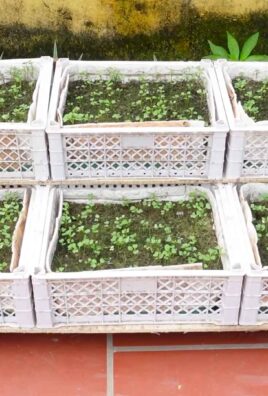
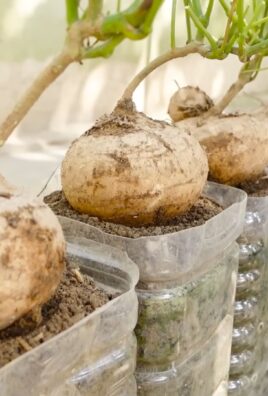
Leave a Comment